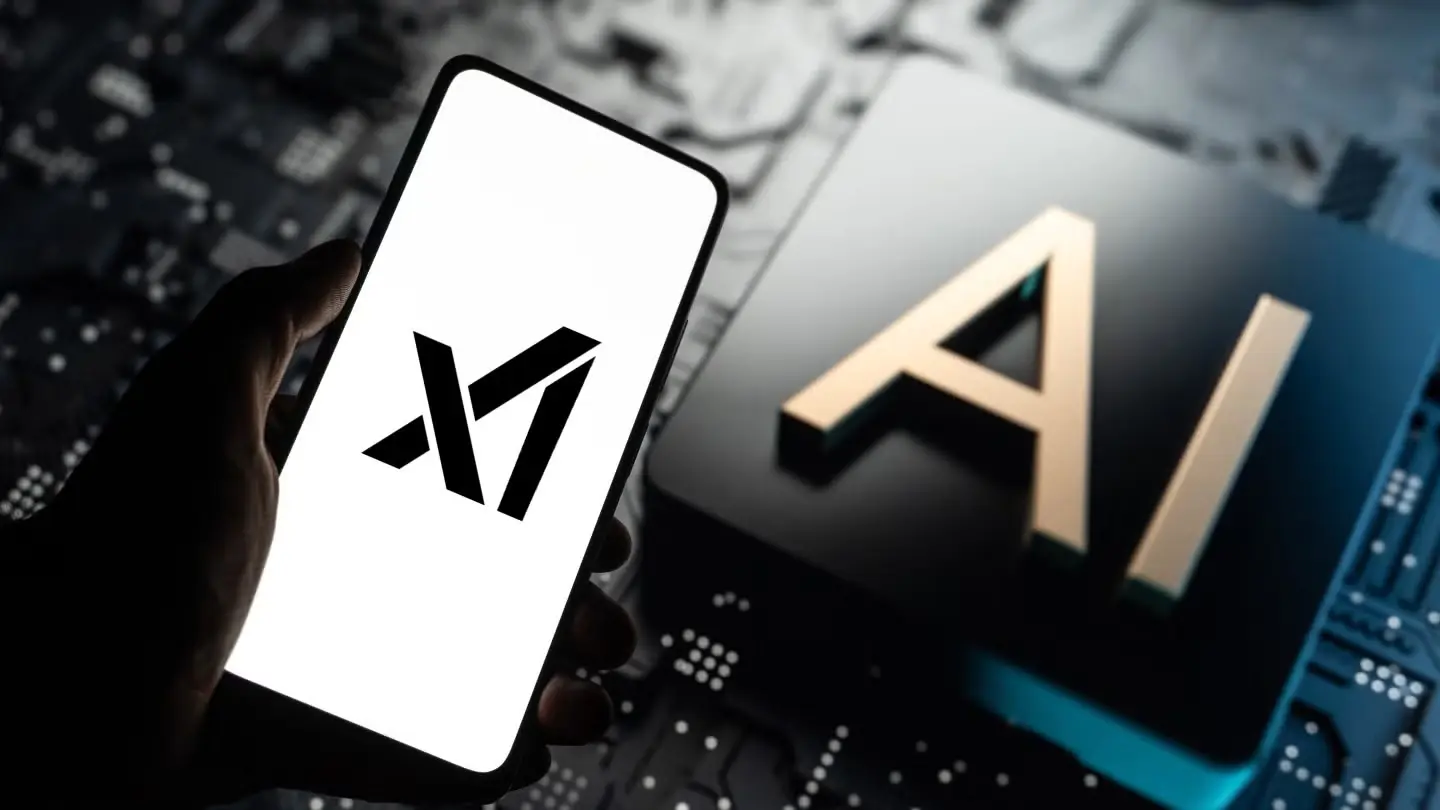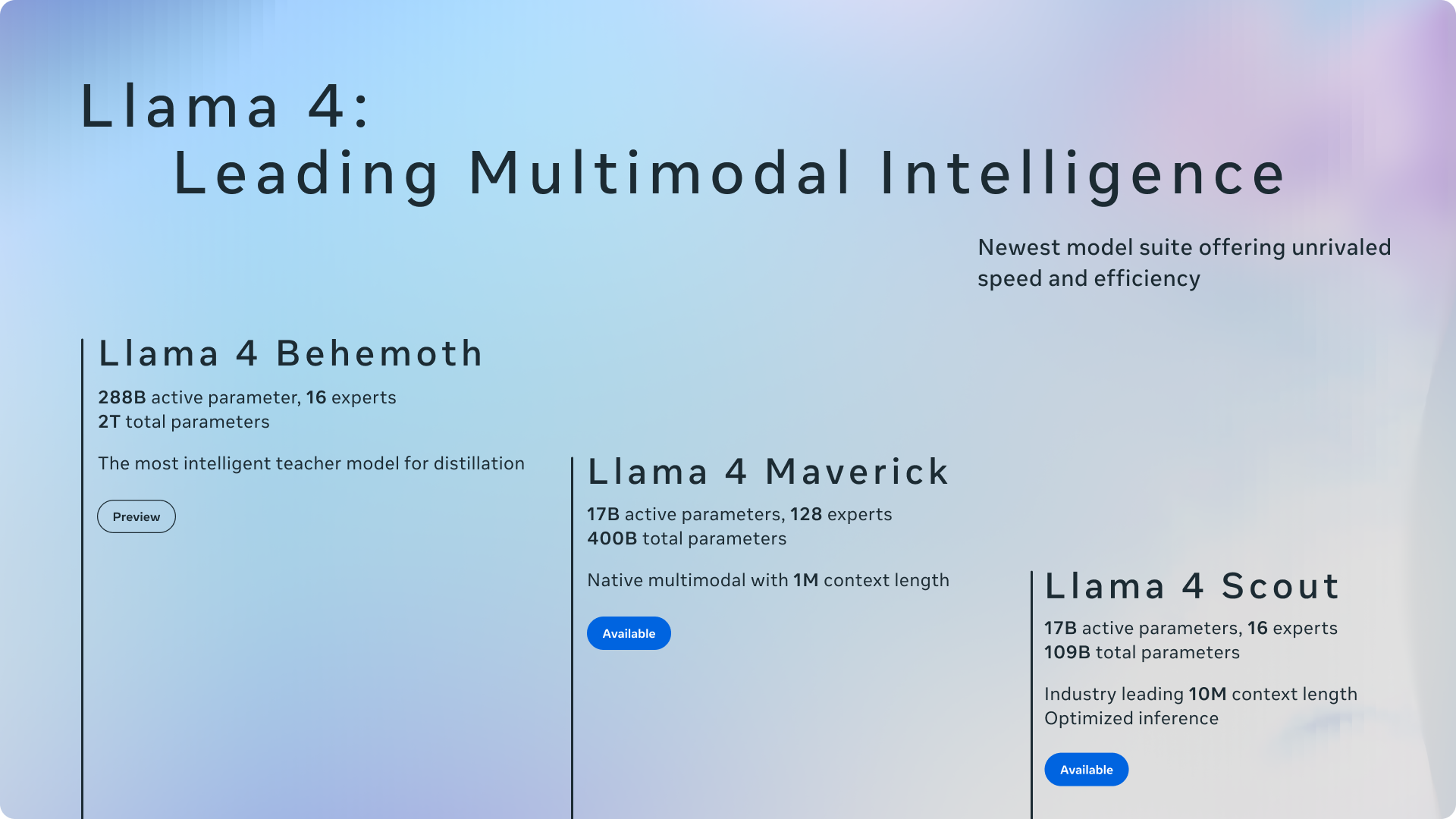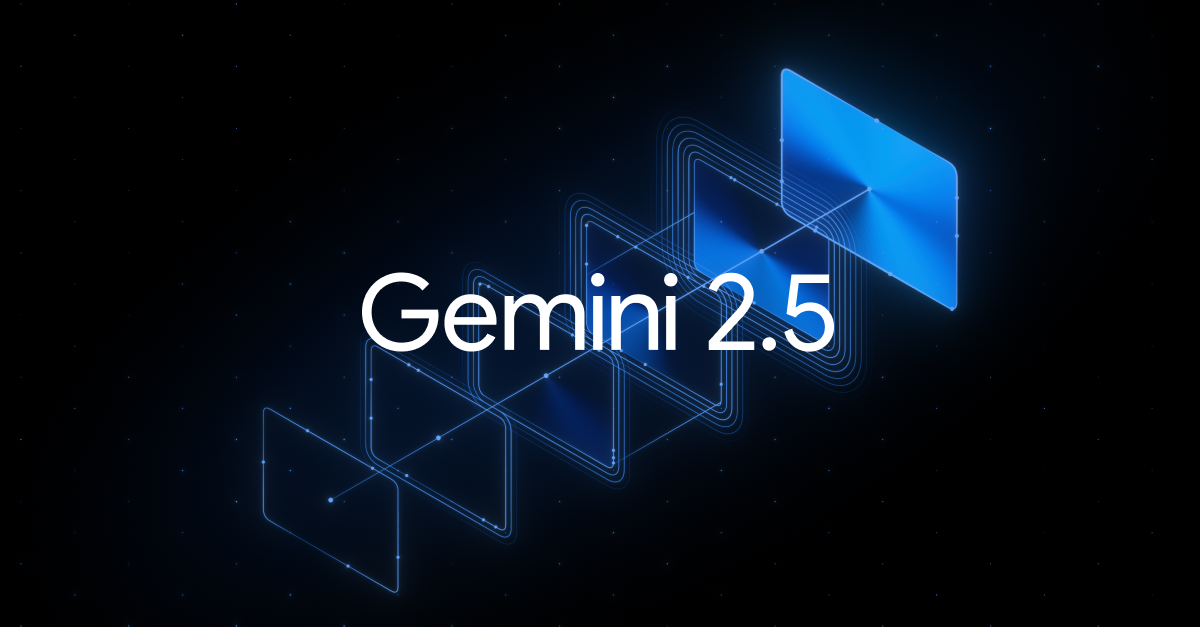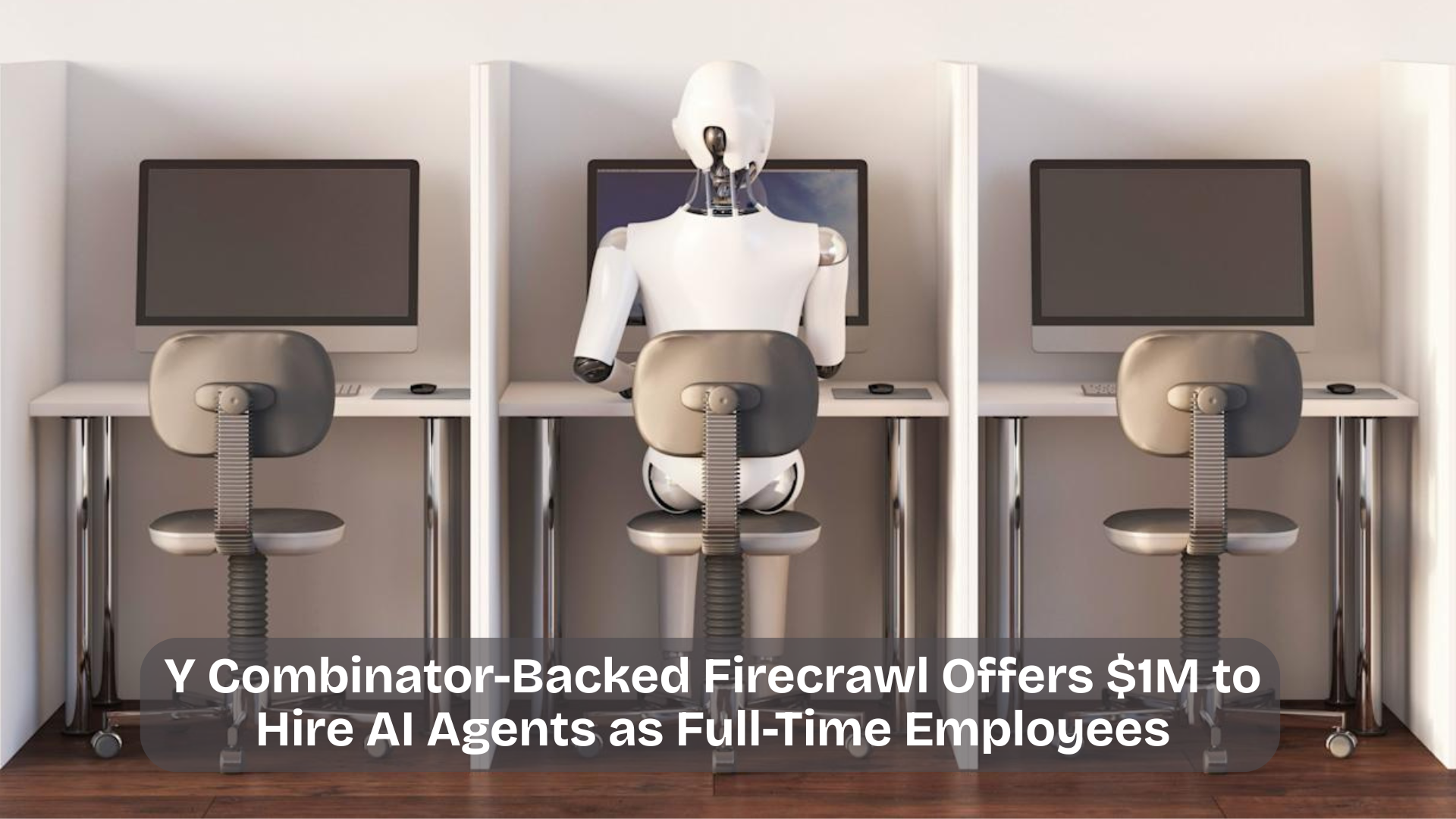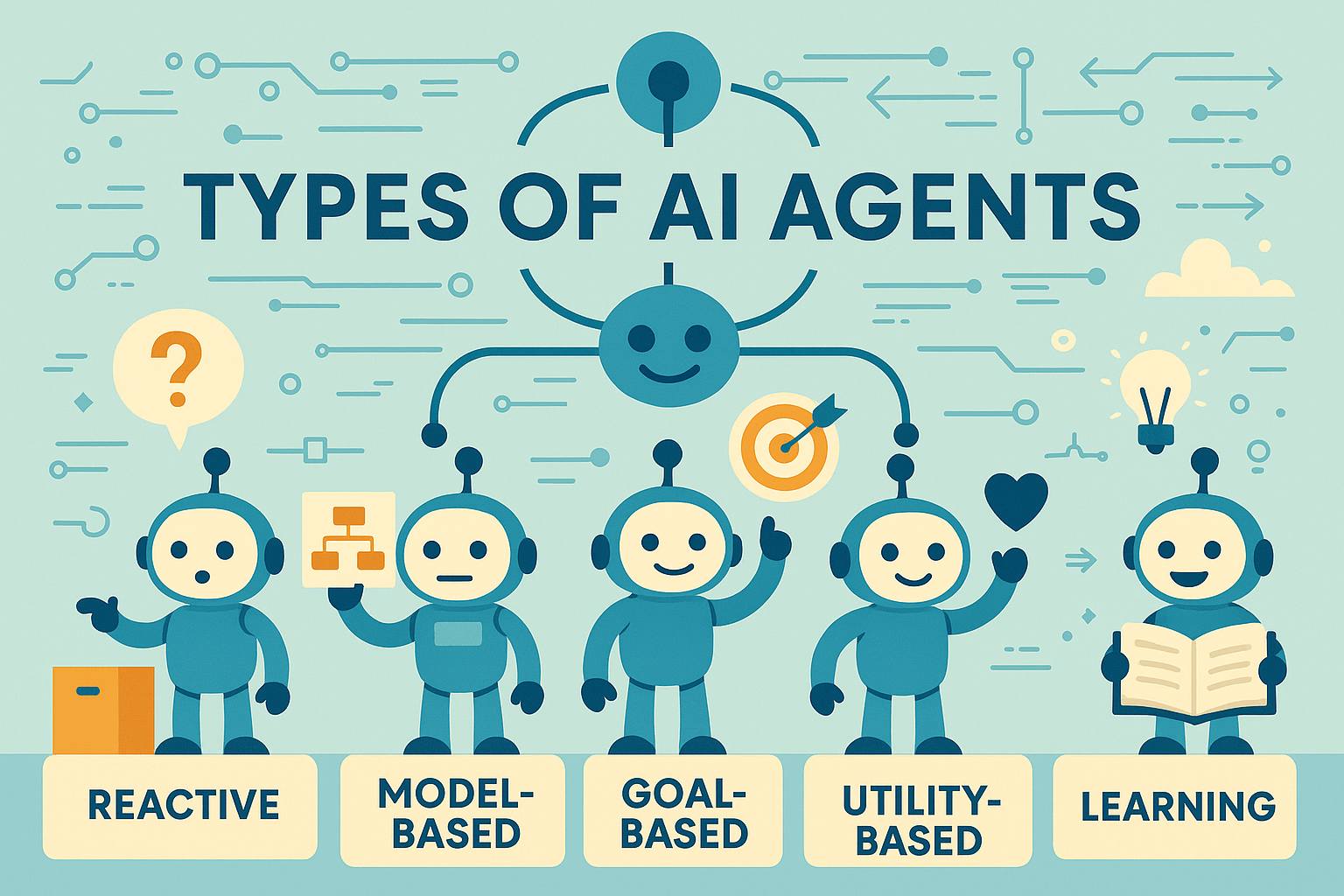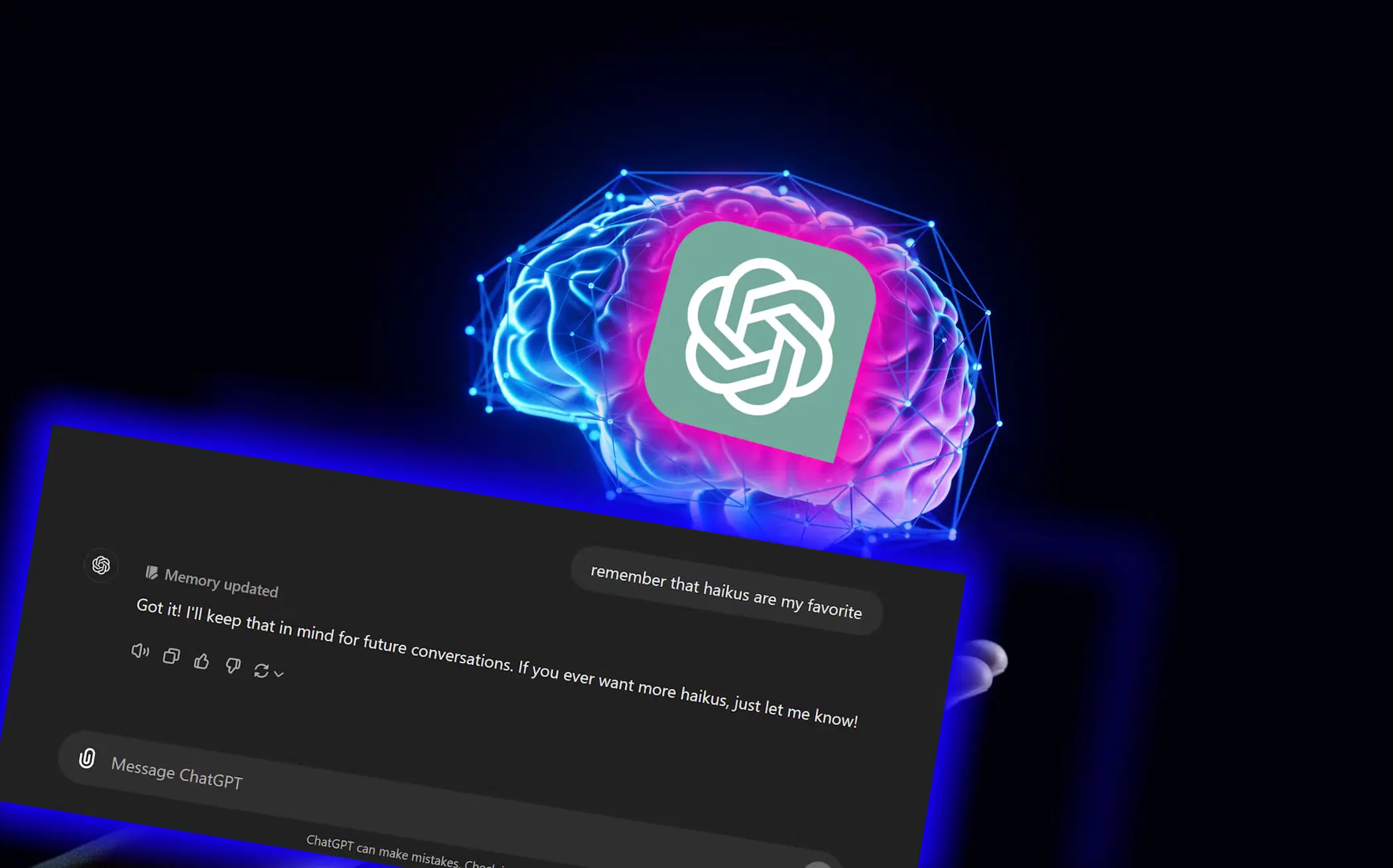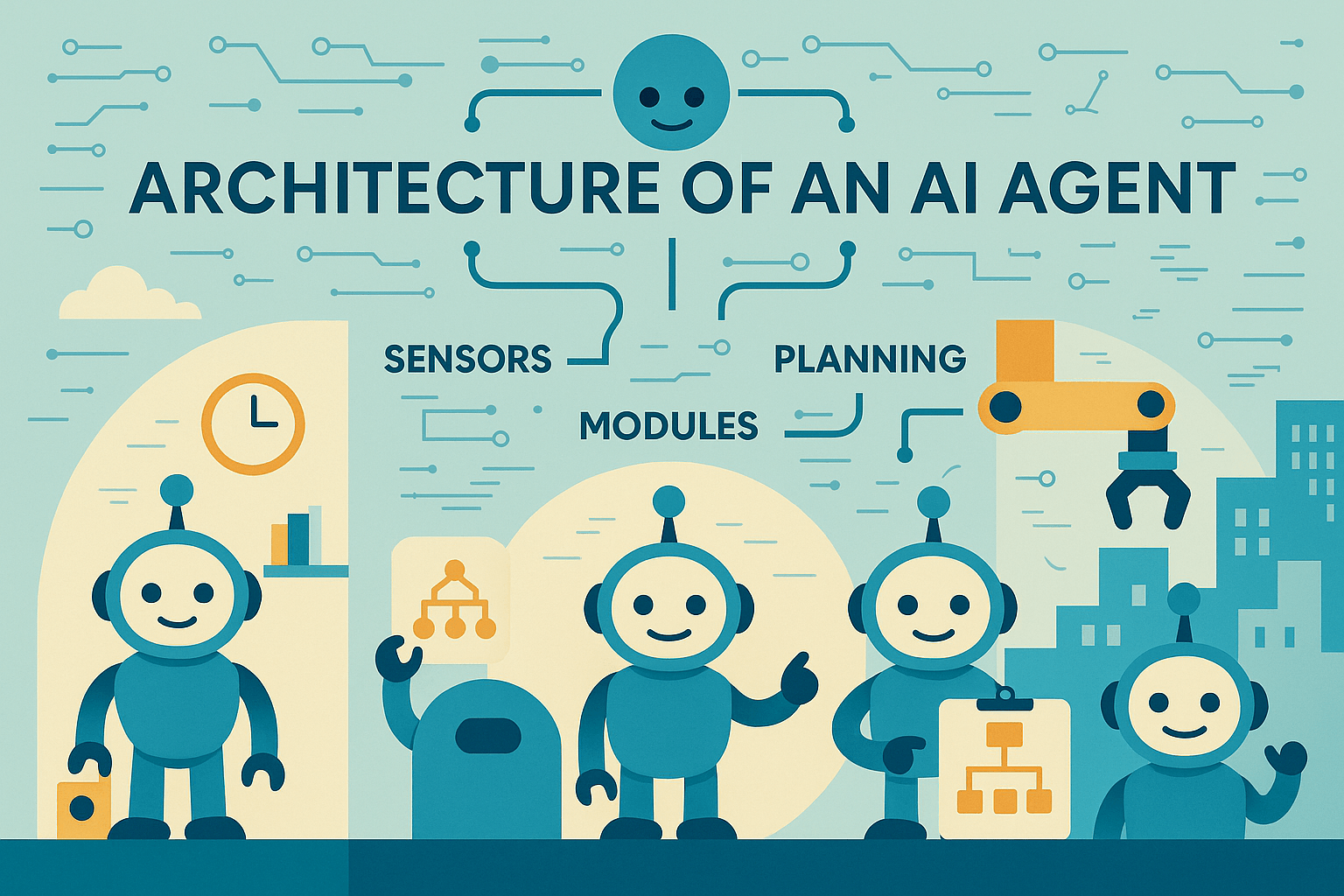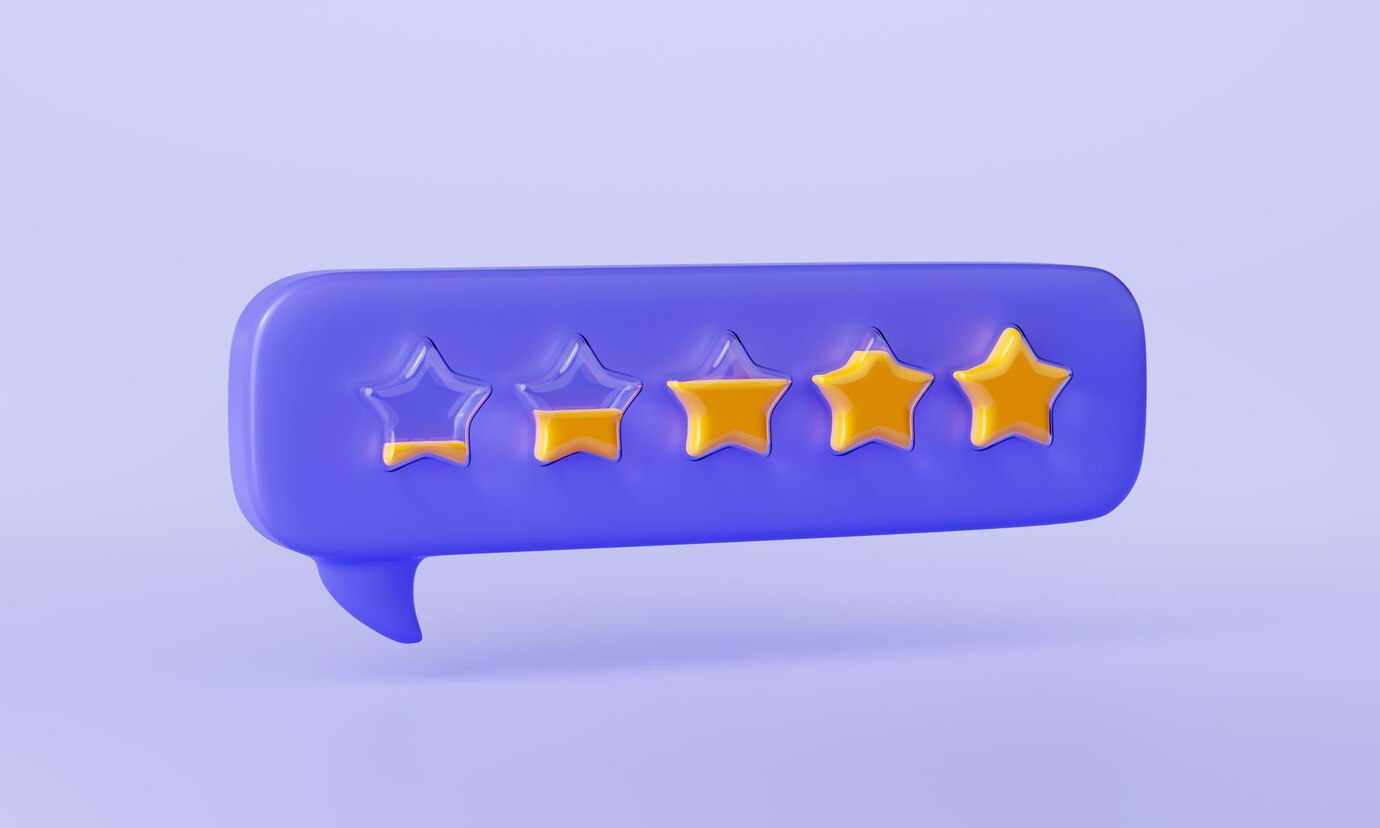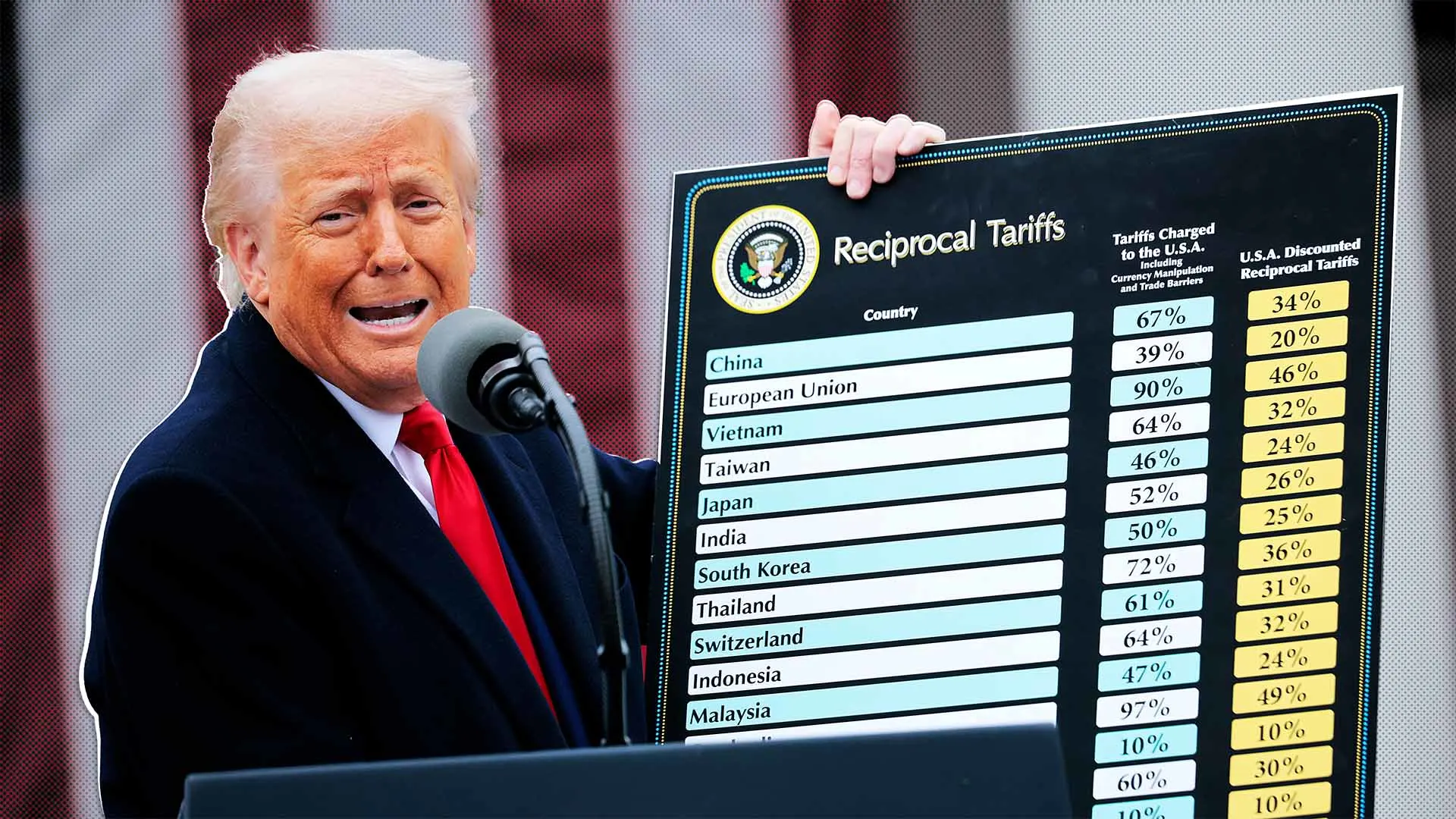Now Reading: The AI Agent Series: Your Complete Guide to Understanding and Using Intelligent Agents
-
01
The AI Agent Series: Your Complete Guide to Understanding and Using Intelligent Agents
The AI Agent Series: Your Complete Guide to Understanding and Using Intelligent Agents
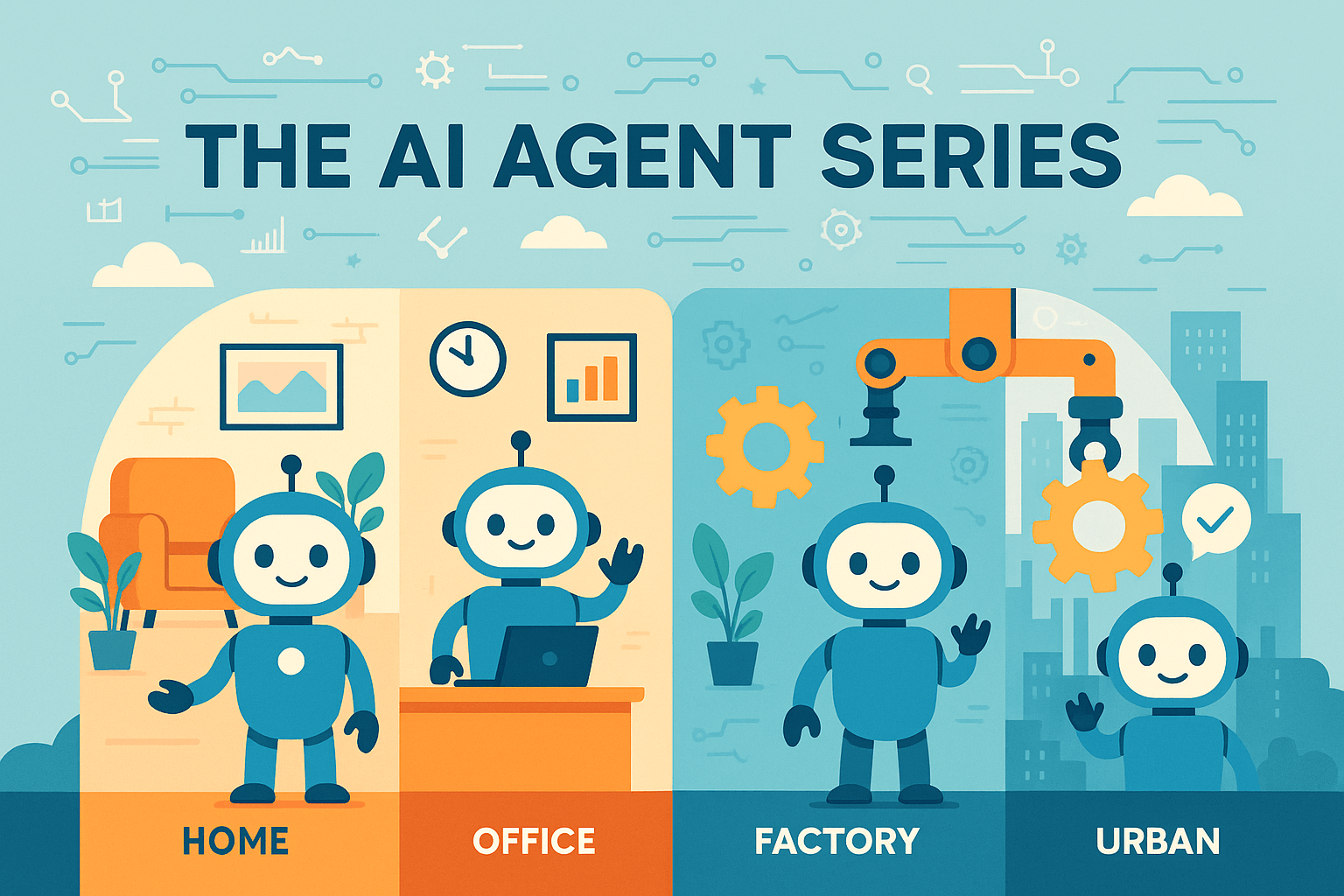
Table of Contents
Welcome to the AI Agent Series on DailyTechRadar
Artificial intelligence is rapidly reshaping how we live, work, and interact with technology. At the core of this transformation is a powerful concept—AI agents.
This post marks the beginning of our comprehensive blog series: The AI Agent Series. Whether you’re a developer, product manager, startup founder, or simply someone curious about the future of intelligent systems, this series will walk you through everything you need to know—from foundational principles to advanced real-world applications.
In this introduction, we’ll define what an AI agent is, explain how it works, and outline what you’ll learn throughout the series.
What Is an AI Agent?
An AI agent is a system that can perceive its environment, make decisions, and act autonomously to achieve specific goals. Think of it as an intelligent assistant—but one that goes beyond scripted responses. These agents operate independently, adapt based on data, and often improve over time.
You likely encounter AI agents more often than you realize. From customer service chatbots and personalized recommendation engines to autonomous vehicles and robotic process automation tools, it is powering a new generation of smarter, more adaptive systems.
Want an industry-grade explanation? Google Cloud defines AI agents as software programs capable of autonomously performing tasks through perception, reasoning, and action, often leveraging machine learning.
Why Are AI Agents So Important in 2025?
This is no longer just academic concepts or experimental prototypes. They are being deployed at scale across industries like fintech, healthcare, e-commerce, and logistics.
Their importance lies in their ability to:
- Automate complex decision-making
- Reduce human intervention
- Learn and adapt in dynamic environments
- Improve customer experiences
- Drive business efficiency
A notable example is Firecrawl’s recent offer to hire AI agents as full-time employees, signaling a future where digital workers are treated as real contributors.
As businesses demand scalable automation and real-time intelligence, it’s becoming an indispensable tools for growth and innovation.
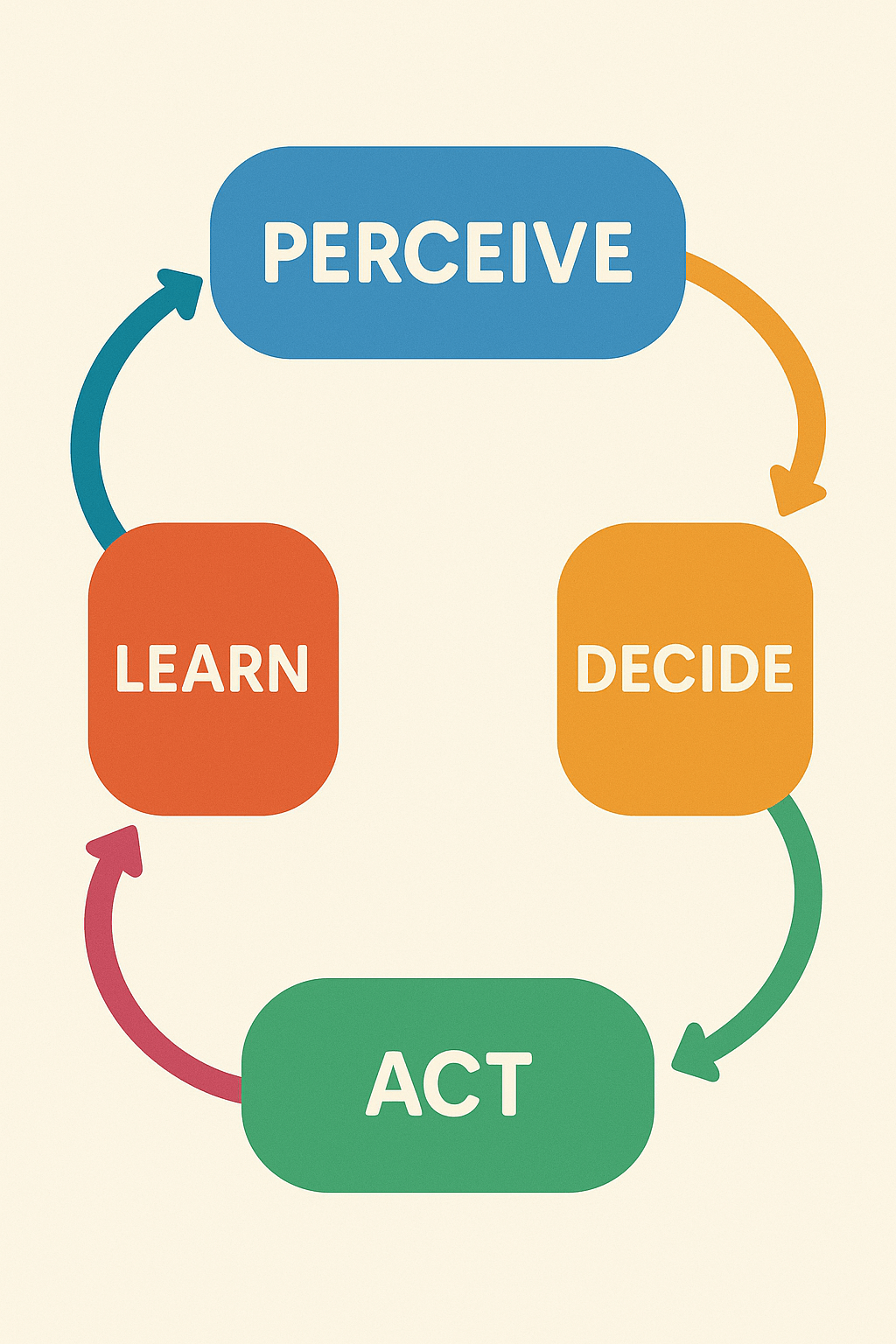
How AI Agents Work: The Perceive-Decide-Act Loop
Understanding how it functions is essential to appreciating my capabilities. At a high level, they operate in a continuous loop involving four key stages:
1. Perception
It observes their environment using sensors or data inputs. This could be:
- Voice or image recognition in smart assistants
- Clickstream data on a website
- Sensor data from IoT devices
- Real-time financial data in trading systems
2. Reasoning or Decision-Making
Once information is gathered, the agent processes it using:
- Predefined rules
- Goal-based logic
- Machine learning algorithms
- Predictive models
The choice of technique depends on how advanced the agent is and the nature of the task.
3. Action Execution
Based on its internal decision process, the agent takes an action:
- Responding to a user query
- Adjusting environmental settings (e.g., thermostat)
- Triggering a system process
- Sending alerts or recommendations
4. Learning (Optional but Critical)
Advanced agents incorporate learning mechanisms like:
- Reinforcement learning: Learning from rewards or penalties
- Supervised learning: Learning from labeled data
- Unsupervised learning: Detecting patterns in unstructured input
This cycle—Perceive → Decide → Act → Learn—repeats continuously, enabling agents to evolve and adapt.
AI Agents vs Traditional Software
Let’s compare how it differs from traditional software systems:
| Feature | Traditional Software | AI Agent |
|---|---|---|
| Follows fixed rules | ✅ | ❌ |
| Adapts to change | ❌ | ✅ |
| Learns from data | ❌ | ✅ |
| Acts autonomously | ❌ | ✅ |
| Goal-oriented behavior | Limited | Strong |
Traditional software is deterministic—what you program is what you get. AI agents, on the other hand, adapt and improve based on new data and user interactions.
What You’ll Learn in This Blog Series
We’ve planned an in-depth series covering all aspects of AI agents—from basic types to building your own. Each post will focus on 2–3 major concepts, ensuring clarity without overwhelming you.
Here’s a preview of what’s coming:
- Types of AI Agents
- Reactive, goal-based, utility-based, model-based, and learning agents
- Architecture of an AI Agent
- Sensors, actuators, memory models, decision engines
- Learning Models for AI Agents
- Supervised, unsupervised, and reinforcement learning techniques
- Multi-Agent Systems
- Collaboration, communication, and coordination
- AI Agents vs Digital Assistants
- Where Siri ends and autonomy begins
- Industry Applications
- Use cases in finance, healthcare, retail, and logistics
- Security, Bias & Ethical Considerations
- Avoiding harmful behavior and ensuring transparency
- How to Build Your Own AI Agent
- Tools like LangChain, OpenAI Gym, PyTorch, CrewAI
- Case Studies from Real-World Projects
- Including Firecrawl, Devin, and open-source examples
- The Future of AI Agents
- Agentic workflows, AGI implications, decentralized agents
- Glossary + Resources
- Quick reference terms, tools, and reading lists
Why Follow This Series?
By following this series, you’ll gain:
- A clear understanding of how intelligent agents work
- Practical insights into where and how to apply them
- A roadmap for integrating AI agents into your workflows or products
Whether you’re looking to keep up with AI trends or start building intelligent systems, this series is designed to be your go-to reference.
Coming Up Next
Our next post will dive into the different types of AI agents—from simple reactive systems to complex learning agents that evolve on their own.
👉 Next: Types of AI Agents Explained →
Bookmark this post and stay tuned as we publish each part of this growing series.

